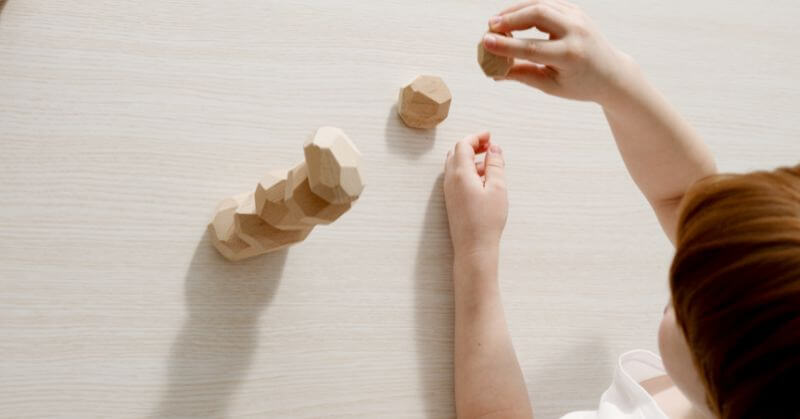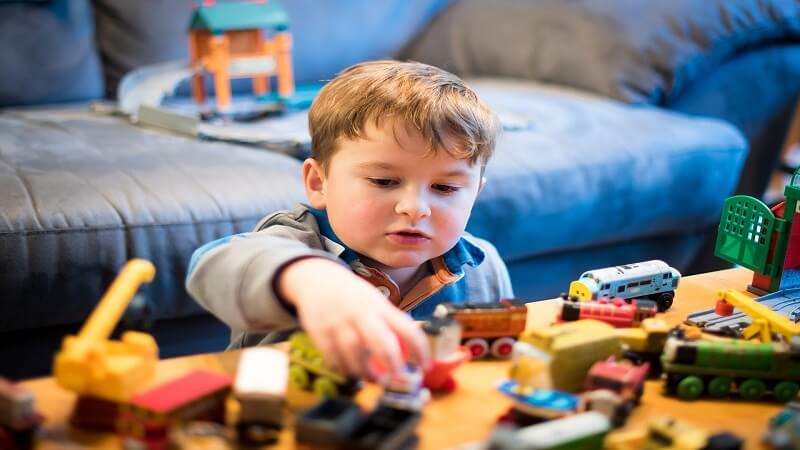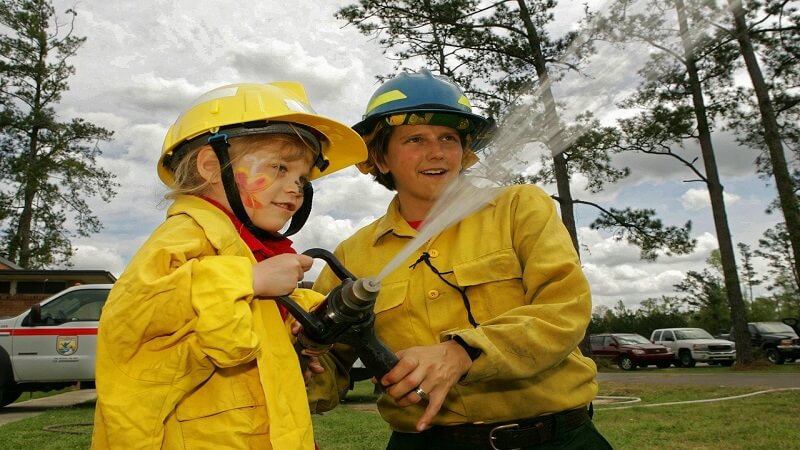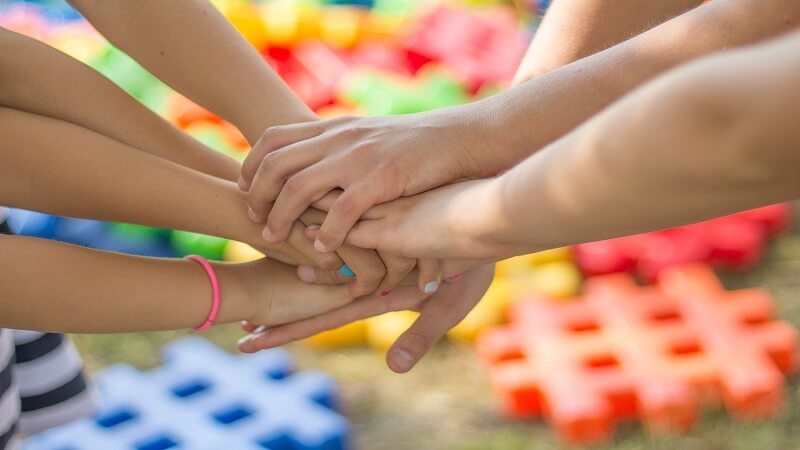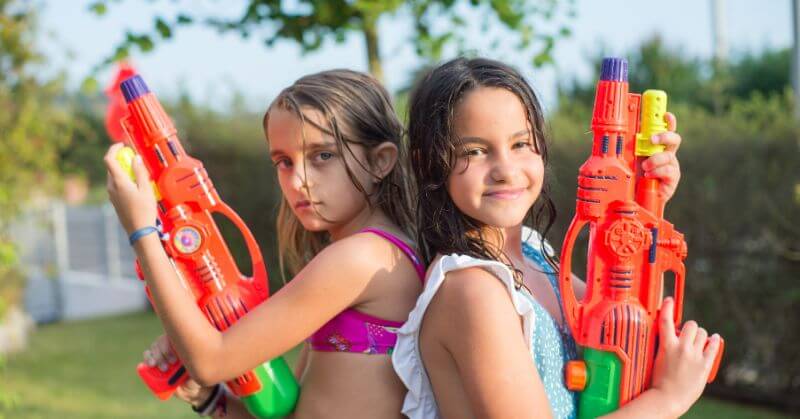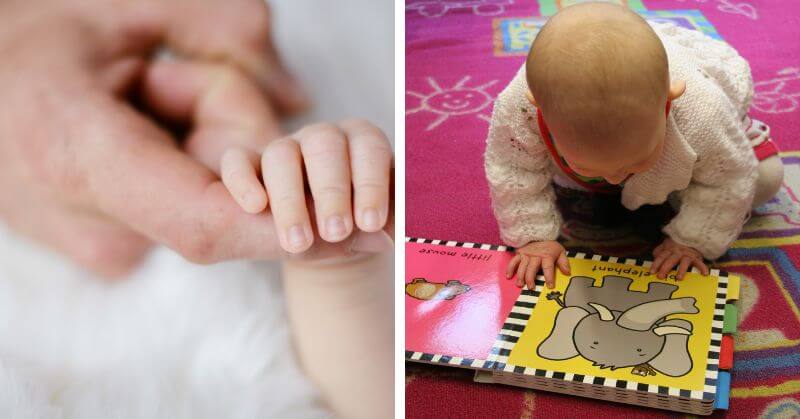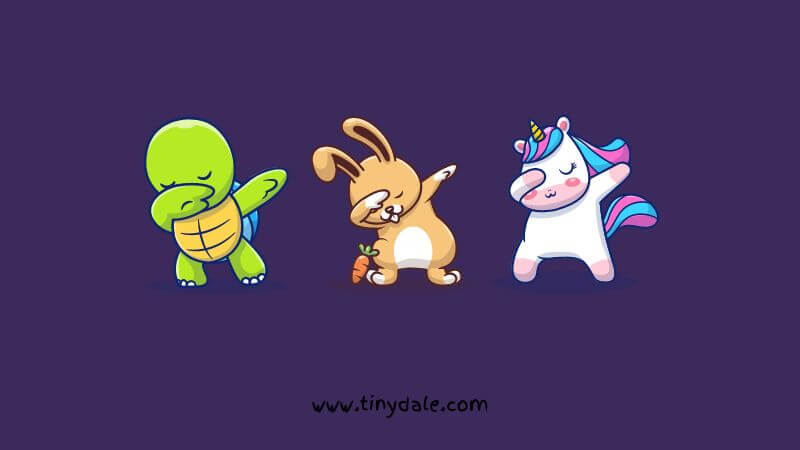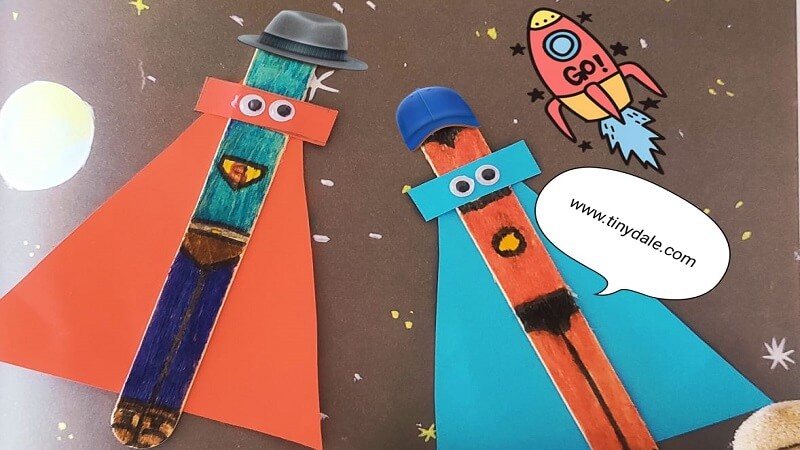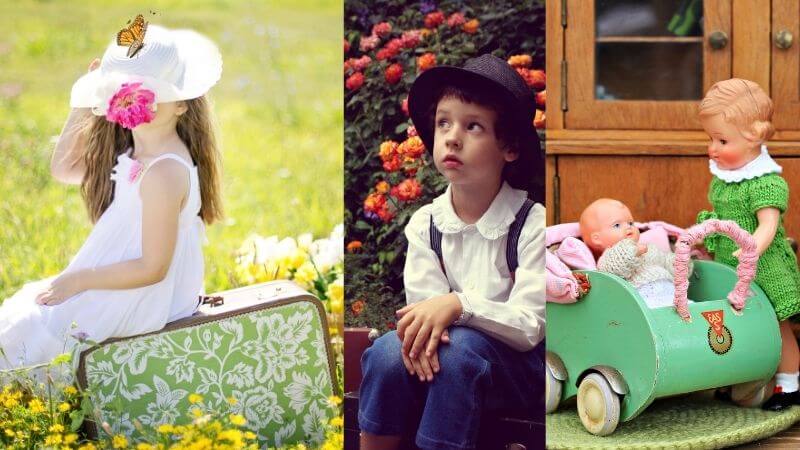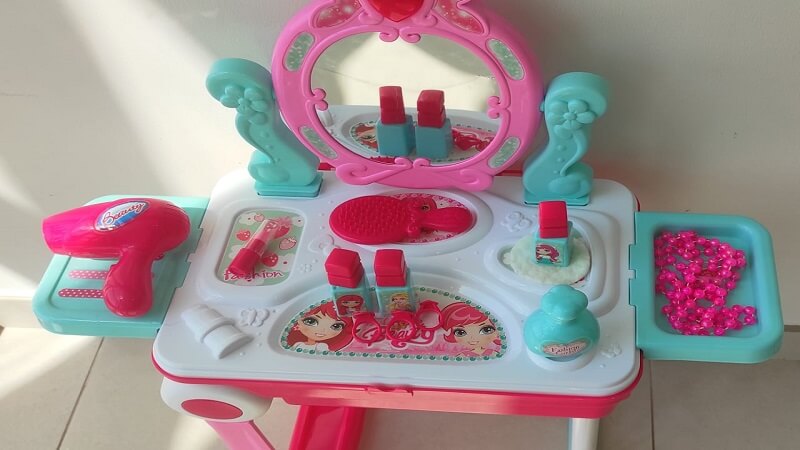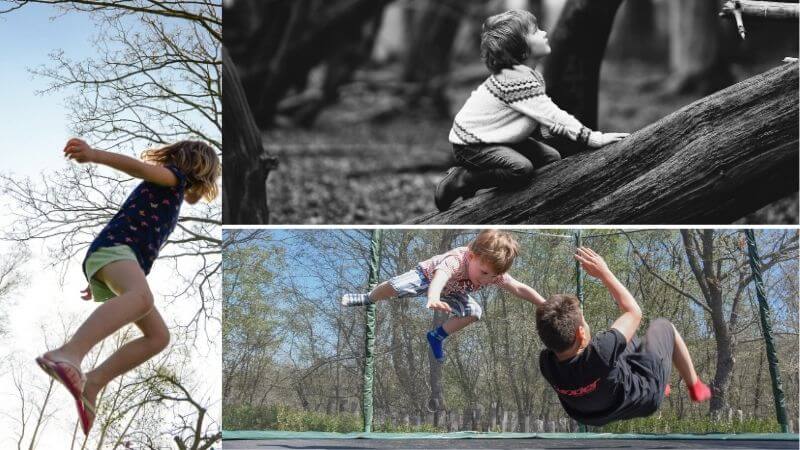Symbolic play” is the term for different types of inventive games.
Children constantly engage in play, and their imaginations frequently serve as their guides.
With a little creativity, a youngster may transform an empty box into a race vehicle. “Symbolic play” is the term for these types of inventive games.
What Is Symbolic Play?
When your kid begins to use things to represent (or symbolize) other objects, he or she is engaging in symbolic play.
It also happens when kids give their dolly impossible tasks, such as holding a cup.
It’s a period when creativity shines.
Symbolic play, which fosters young children’s social and cognitive development, contains the underpinnings of reading.
Young children like utilizing their bodies, resources, and settings to convey their thoughts to others and to develop tales while they play during symbolic play.
These are fundamental characteristics of literacy.
Importance Of Symbolic Play
Playing with symbols is crucial to a child’s development.
Through what is known as pretend play, a child’s brain development starts to change as they transition from infancy to early childhood.
At this time, kids start acting like one thing is another.
Children can control their impulsivity and learn deliberate behaviors that will aid them in doing increasingly challenging cognitive tasks through symbolic play.
Symbolic play is essential to development in all forms, including intellectual and social growth.
Symbolic play can help in the following areas:
1. Logical Abilities In Symbolic Play
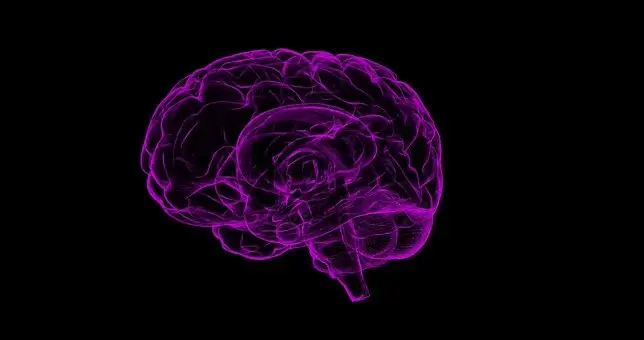
- Your youngster develops new brain connections and develops their capacity for original thought when they use their imagination.
- As kids become older, this ability will aid them with problem-solving.
- As they play, children act out experiences they have had and hardwire coping mechanisms into their brains.
2. Social Abilities
- Playing with symbols enables kids to see the “other.”
- Your child learns how to compromise and work with others since some children may believe differently than others.
3. Self-Esteem
- As we indicated, symbolic play challenges cognitive abilities.
- Your youngster must develop a strategy and a means of executing it. Goal attained?
- That gives growing one’s self-esteem a huge boost.
4. Motor Abilities In Symbolic Play
- Children are encouraged to regulate their motions when using objects in play.
- They could discover that they need to use enormous motions to portray their tale
- They also need to rearrange or alter the objects using tiny movements.
- Children frequently run and climb over the play area, developing their motor abilities and promoting physical activity at the same time.
5. Skills in Language And Literacy
- Without symbols, literacy is impossible.
- Playing with symbols teaches kids that things can stand in for other things,
- It is the same way the alphabet’s letters stand in for sounds or how words may stand in for things and feelings.
- As they pretend to go grocery shopping, kids must employ phrases for food and money, and acting out scenarios with these words helps kids understand their meaning.
Examples Of Symbolic Play
1. Puppets

- Performances of puppet shows are a lot of fun and aid in the development of storytelling abilities.
- Act out a well-known tale like Goldilocks or The Three Little Pigs using puppets you make or buy.
2. Toys
- Blocks and other building toys, such as arts and crafts sets, legos, or playdough, provide kids the chance to explore different material shapes.
- They come up with new forms, which encourage symbolic play.
3. The Art Of Storytelling In Symbolic Play
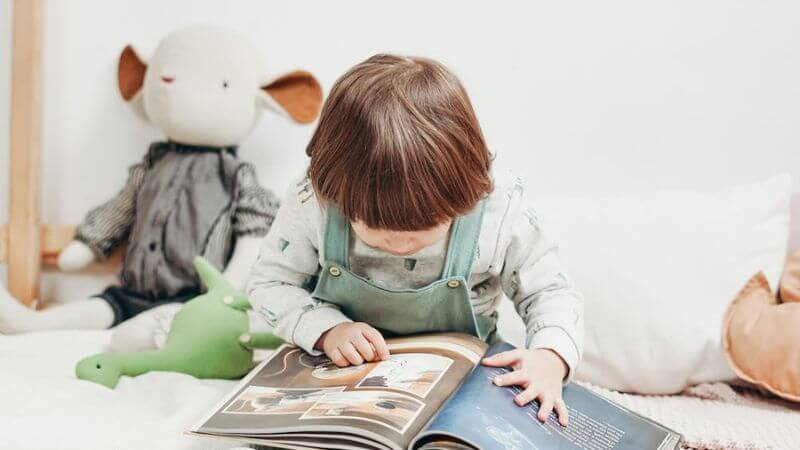
- Reading aloud to one another opens up a world of creative possibilities.
- Children can use puppets to reenact stories, play out scenes with props, or dress up their favorite characters.
4. Playing At Cooking
- Young youngsters like making up recipes.
- Start by gathering ingredients and “cooking” in a makeshift kitchen or even outside in mud pies!
5. Character Games
- Countless character games, such as “Simon Says,” in which your child assumes the part of Simon and gives you varied directions on what to do.
- They may or may not make sense, and can facilitate expressive symbolic communication.
6. Dress Up In Symbolic Play
- Try creating costumes out of leftover cloth.
- By changing into different characters, creatures, or superheroes, allow your kid to discover more about themselves.
7. Musical Apparatus
- Giving kids access to various instruments would enable them to use music to express themselves symbolically.
- They simultaneously experiment with noises they find intriguing!
8. Constructing Structures In Symbolic Play
- Your young children can express themselves symbolically and learn to solve problems.
- They can play at home, make sandcastles at the beach, or even just erect towers in their bedroom.
- A fundamental type of early play that helps kids engage with their environment is symbolic play.
- Additionally, it promotes the growth of their social abilities, speech and language, and emotional intelligence.
Types Of Symbolic Play
1. Theatre Play
- Using accessories like costumes or toys, a youngster will pretend to be someone or something else.
- While acting out a scene from a movie or book or pretending to combine ingredients in an empty dish, helps kids strengthen their linguistic abilities.
2. Pretend Play
- The only distinction between this and dramatic play is that pretend play frequently simply involves the player.
3. Play with Social Drama
- Together, several kids work in small teams to act out pretend scenarios like setting up a restaurant scene or being a parent to toy infants.
- They frequently take turns playing various parts, giving each individual the chance to direct the game as they see fit.
- However, everyone is still required to participate according to the role that the leader in charge assigns.
When Does It Emerge?
1. Early Stage (Between 3 Months-18 Months)
Your child has been learning about the world by watching things and people since the miraculous moment of birth.
Later, as they explore their small environment, they discover additional information.
Children often exhibit pre-symbolic or “functional” play until they are around 18 months old.
The youngster is primarily learning to orient themselves to their environment throughout these early stages of development.
Since they were around three months old, they have been trying to figure them out by placing their fingers and toys in their mouths.
They advance to utilizing their toys to make a noise around the age of 8 months.
Therefore, when your child rattles their toy on the ground, smile and tolerate it since this is the beginning of symbolic play.
If you give them a few more months, they’ll start driving their toy truck in time to the sounds of “vroom, vroom.”
2. 18-24 Months
A crucial element of symbolism is language. That is because language is a sign in and of itself.
Our words serve as representations of our emotions and thoughts.
Your youngster will play alone or alongside other kids his or her age at this period.
You may keep an eye out for the signs of true symbolic play: Your youngster will first adhere to the rules and engage in traditional play with their toys.
They’ll be packing passengers into their passenger train, using your comb to style their doll’s hair, and sipping water from their pretend tea set, among other things.
Experts refer to this as a functional play.
3. Preschoolers Acting Pretend (Between The age Of 3 and 5)
Kids at this age begin playing alongside one another and observing what other youngsters do. Experts refer to it as associative play.
Additionally, when kids assign roles, carry out ordered processes, and work with some form of plan, their symbolic play develops.
Your youngster may decide what games to play with their buddies.
As they play, you can see how it develops into a mini-drama: “Let’s play Mommy and Daddy. It’s time to put the infant to sleep right now.
You could hear your youngster telling themselves aloud while stuffing a spoon into the mouth of their doll, “You don’t have to be scared.
Final Thoughts
It’s not only for kids to do. Your child will benefit from symbolic play in so many ways.
Enjoy this lovely milestone and promote pretend play whenever you can because all too soon, kids will swap that pasta strainer cap for anxieties about the real world.
Symbolic play serves a crucial developmental purpose and is simple to use in the classroom.
The majority of preschools already have set apart time for play, but carers may also guide symbolic play to highlight key ideas.
Children learn how to express their feelings and grasp the idea of cause and consequence through symbolic play.
In general, symbolic play is a crucial component of young children’s development and promotes the development of their cognitive, social, emotional, and creative abilities.
Follow Us: Facebook | Instagram | Twitter | Youtube | Pinterest
Tinydale is on YouTube, Click here to subscribe for the latest videos and updates.

